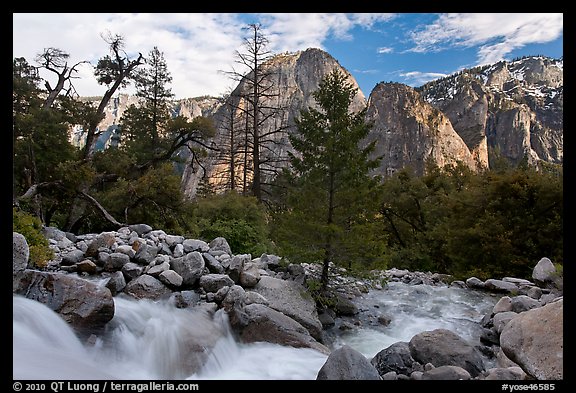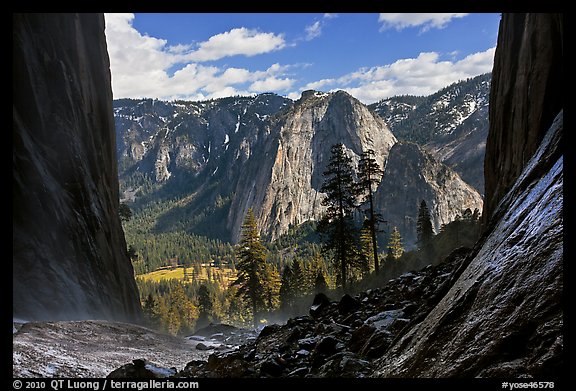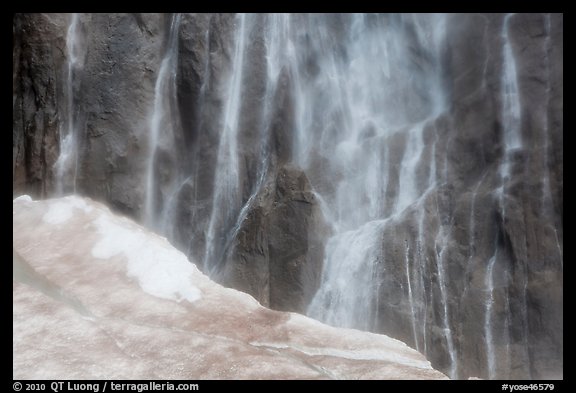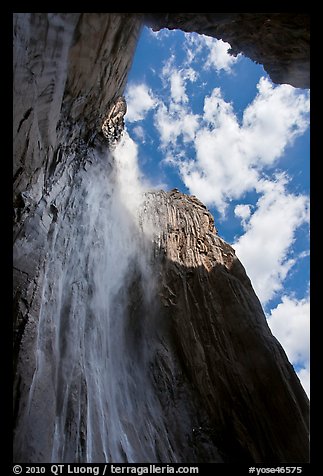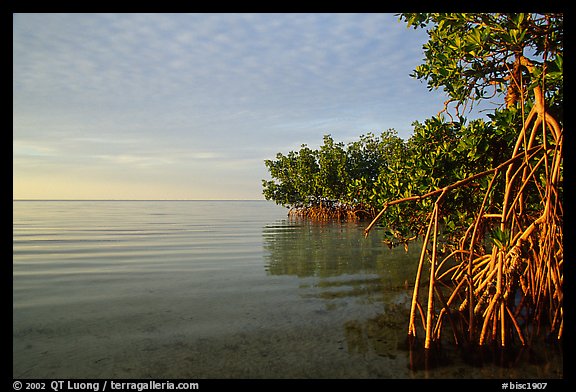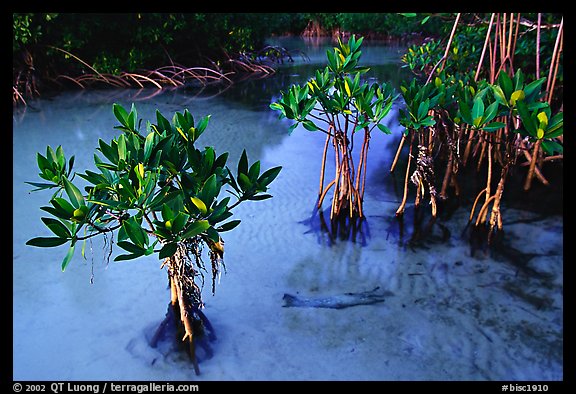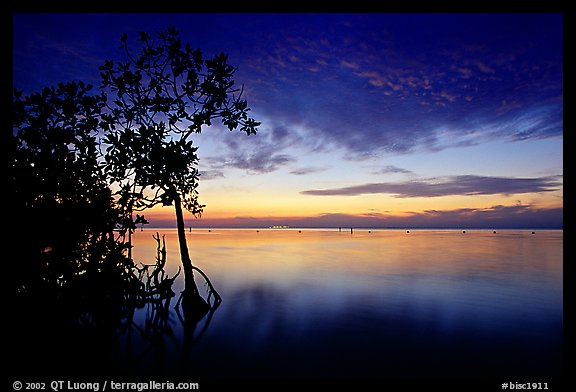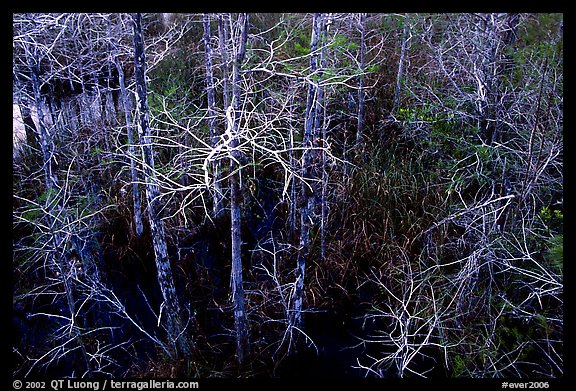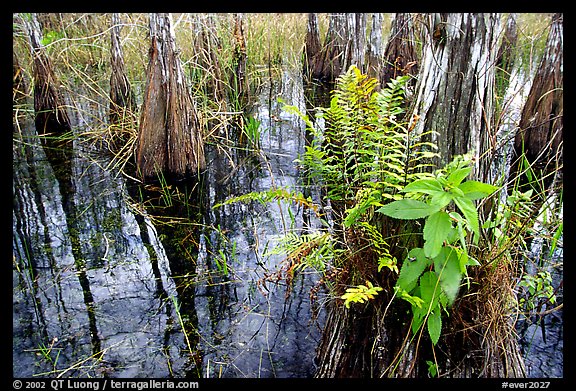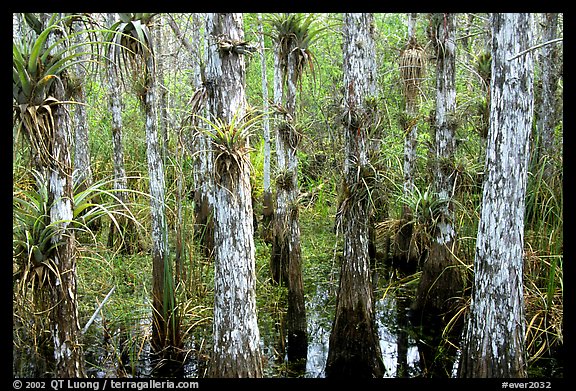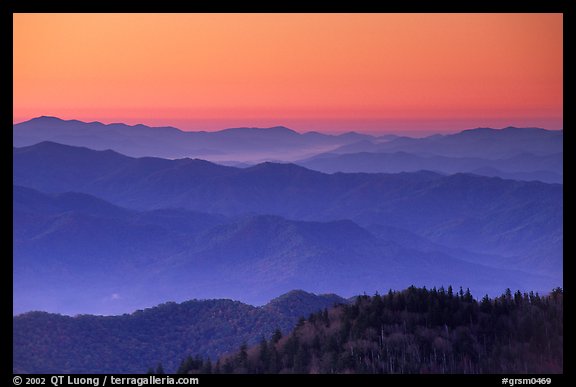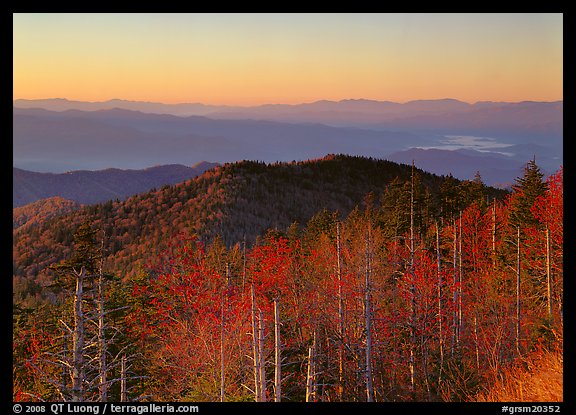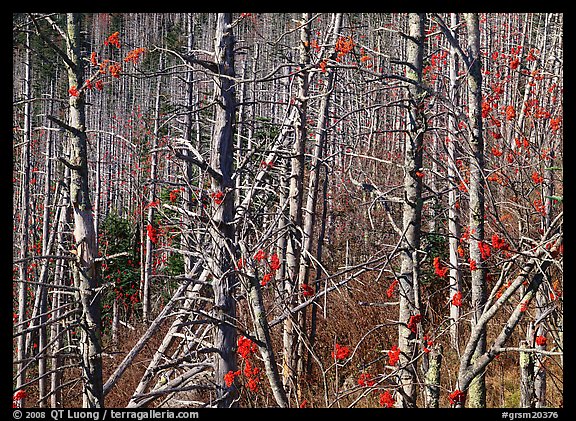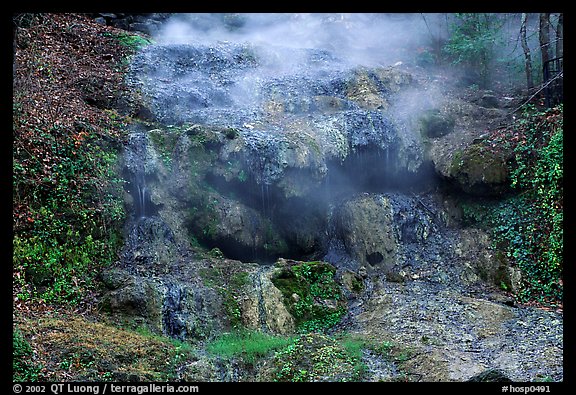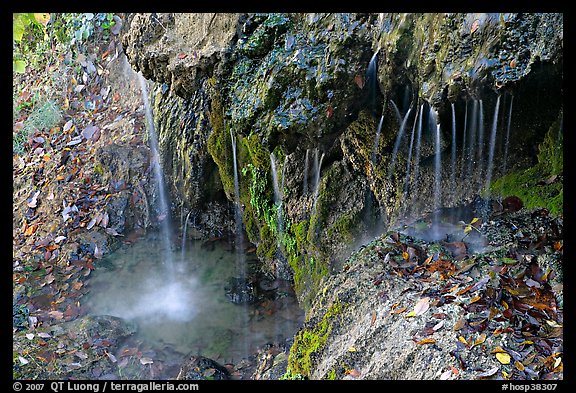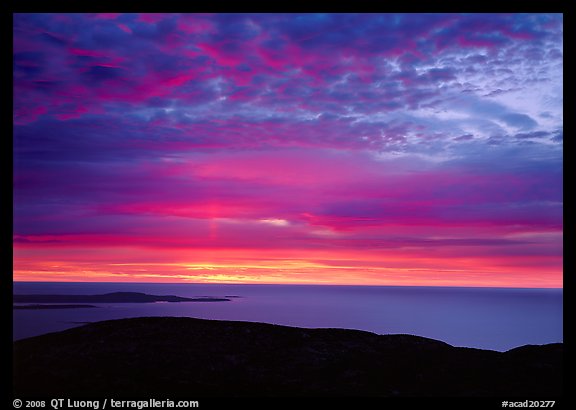Yosemite unseen I: Ribbon Fall
I have been spending quite a bit of time in Yosemite, and posting quite a few images for a project I’ll talk about later. To celebrate its completion, for the rest of the summer, I will be describing a few Yosemite locations that I visited recently. Their common characteristic is that they are out of the beaten path, yet each of them offers truly unique sights. I’ll start with a trilogy of “wilderness hikes” in Yosemite Valley, and then highlight a few high country locations.
Plunging from a cliff west of El Capitan for 1,612 feet (491m), Ribbon Fall is the tallest single-drop waterfall in North America. Yosemite Falls is considered higher (2,425 feet), but it consists of three sections, whereas Ribbon Fall is a continuous waterfall.
Another reason why Ribbon Fall is unique in Yosemite is that it flows into a high amphitheater of vertical cliffs to which you can hike, so that you would be standing right at the base of the fall, looking up directly at the amazing drop, surrounded by rock walls. The depth of the cirque cannot be appreciated from the road.
Hiking there feels almost like a wilderness experience, something so rare in the Valley. For the whole afternoon, I didn’t see anybody there. The rangers told me that there is no trail to the base of Ribbon Fall, so I didn’t look for one, heading straight up the slope on the right bank of Ribbon Creek. As the forest undergrowth is relatively sparse, I didn’t really need to do any bushwhacking, taking maybe two hours to reach the fall. The terrain was quite steep, but not exposed, being located entirely in the forest, with no cliffs. However, on the way down, I found a relatively nice user trail, well marked with cairns. To catch it, park on a pull out off the main loop road, a short distance West of El Capitan Meadow, then walk to the very end of the left (W) branch of the forestry road, and you’ll see a cairn marking the beginning of the trail.
Although it was quite warm in the Valley, I packed a sweatshirt and a light rain jacket, in case of a drop in temperature at the base. This drop was way more than what I expected. It got so cold, wet, and windy that I almost became hypothermic as I was waiting for the wind to blow in a different direction. The constant spray made it difficult to get a sharp image. When the wind would ease a bit, I’d point quickly the camera for a single shot, after which the lens would be soaked. I held as long as I could, more than one hour, then decided to leave the amphitheater when I began to shiver in an uncontrolled way.
If I was to come back, I’d start earlier in the day (the fall is best lit at noon), and pack a mountaineering-grade shell and a fleece jacket. Note that Ribbon Fall is seasonal, like Yosemite Fall, so you’ll probably have to wait until next spring to try this hike.
Part 1 of 6: 1 | 2 | 3 | 4 | 5 | 6
Check out my book: Spectacular Yosemite !
